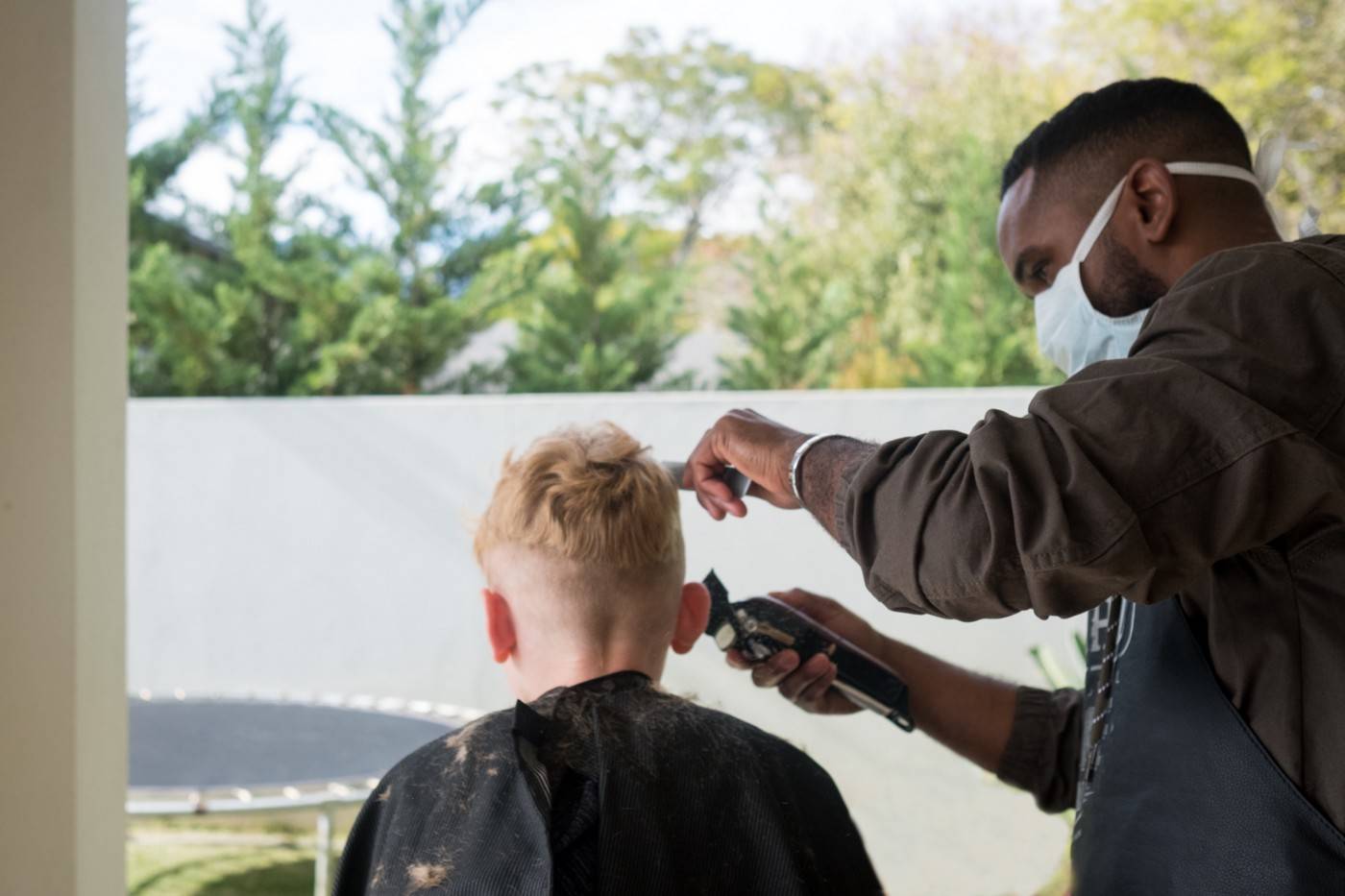Submitted by Washington State Department of Health
Washington State Secretary of Health John Wiesman signed Order 20-03 mandating the use of face coverings in any indoor or outdoor public setting in the state on June 24.
The order goes into effect on Friday, June 26 and applies to anyone who is:
- Inside of or in line to enter any indoor public space
- Seeking health care services
- Waiting for or riding public transportation
- Outdoors and unable to keep six feet away from others not in their household
There are exceptions to this order for children under the age of five and people with a medical condition, mental health condition or disability that prevents them from wearing a face covering. In no case should children under 2 years old wear a face-covering due to the risk of suffocation.
“By using face coverings, we limit the spread of infected droplets being passed on to others when we talk, cough or sneeze,” said Wiesman. “I appreciate the efforts of those who are already regularly wearing face coverings in public and urge others to join us in taking this critical step to control the virus. Each of us has a part to play to stop the spread of COVID-19 in our communities.”
The Department of Health has issued guidance for cloth face coverings. A cloth face covering is anything from a scarf or bandana to a sewn mask with ties or straps that go around your head or behind your ears.
It is important to ensure you are using and handling cloth face coverings properly. The face-covering should fit snugly around both your mouth and nose, and it should not have holes or tears in the fabric. Cloth face coverings should be washed frequently, ideally after each use, and certainly daily. If you are not able to wash it after each use, wash your hands or use alcohol-based hand sanitizer immediately after putting it back on and avoid touching your face.
Frequently Asked Questions
Why do I need to wear a mask?
COVID-19 is spread through respiratory droplets we all expel when as we cough, sneeze, speak, or even breathe. Covering your mouth and nose keeps these droplets to yourself. This is especially important if you are going to be less than six feet from other people. No single action completely stops the spread of the virus. In addition to consistently using cloth face coverings when we leave home, we also must continue to wash our hands often with soap and water, stay home if we feel sick, and stay six feet away from others whenever possible.
What should I do if I see someone not wearing a mask?
Nothing. Some people have conditions or circumstances that would make wearing a cloth face-covering difficult or dangerous. Just wear your mask and stay six feet away.
When do I not have to wear a mask?
You do not need to wear a cloth face covering when you are in your own home or in your car if you are only with people in your own household. You also do not need to wear a cloth face covering when you are exercising outdoors and you have plenty of space. It’s a good idea to keep one in your pocket, though, in case you end up running into someone on the trail.
I’d like to make my own! What kind of fabric should I use?
Use a tight weave, cotton fabric. The kind of fabrics used for shirts or quilting work well. Heavier cotton (upholstery weight, denim, twill, etc.) are uncomfortable to wear and hard to breathe through. If you’re really crafty, try making one with that allows others to see your lips as you speak! It’s really helpful to people who are hard of hearing. Here are some instructions https://www.hsdc.org/accessible-deaf-friendly-face-mask/.
I definitely don’t want to make my own. What’s the absolute easiest way to do this?
Cloth face coverings do not need to be complicated or expensive. Save medical masks and respirators for health care workers and others in high-risk settings. The absolute easiest way to do this is to take a scarf or any breathable, washable fabric, and wrap it around your face so that a couple of layers of fabric are completely covering your mouth and nose.
Practice compassion. COVID-19 continues to be a very real threat. Consistently wearing a cloth face-covering in public is a simple and important way you can protect others.



